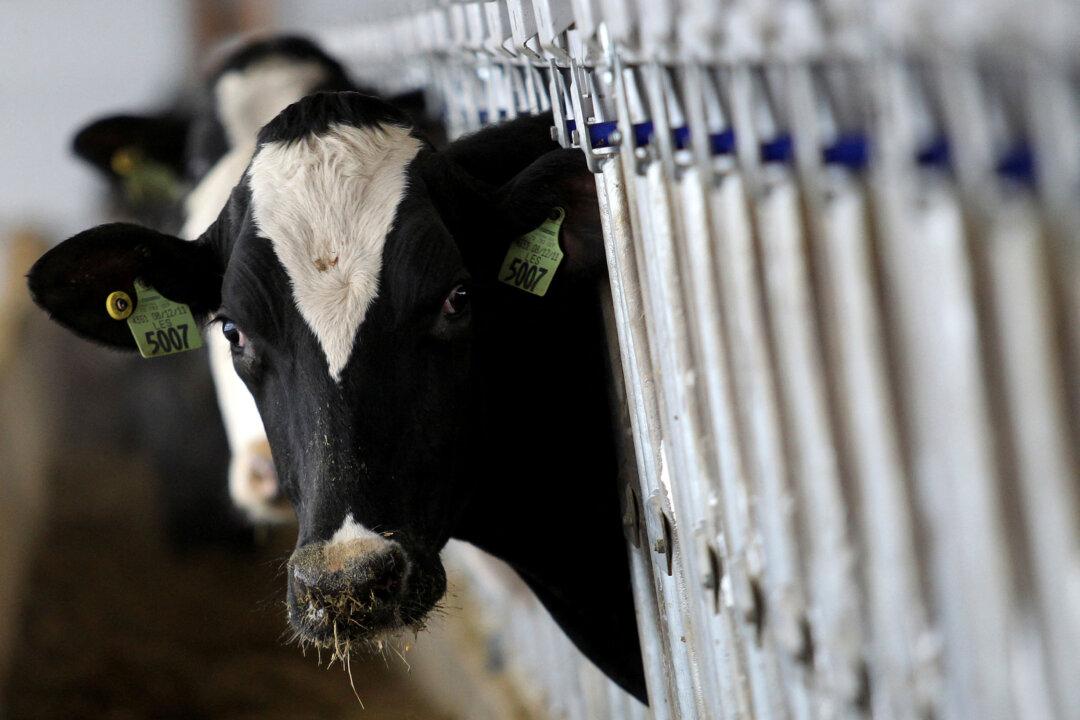A 7,300 mile ring of mercury was found around tar sands in northeast Alberta, Canada.
Environment Canada found that the mercury traces were up to 16 times higher than “background” levels for the region.
While the levels are still low compared to contamination in other parts of Canada such as southern Ontario and Quebec, federal scientists are saying that mercury is “the number one concern” when it comes to metal toxins generated by notoriously dirty oilsands operations, reported the Vancouver Sun.
Scientists with Environment Canada are testing a range of materials around the site, including snow and bird eggs.
Jane Kirk, one of the scientists, presented preliminary findings at an international toxicology conference in Nashville recently, and is publishing a study in 2014.
The levels of mercury decrease the further away from the main area of the operations.
It’s a gradual thing like a bulls’-eye,” said co-investigator Derek Muir. The bulls’-eye is described as a 7,300 mile ring.
The mercury toxin build-up is believed to be impacting some of the wildlife in the area. Mercury levels have been increasing in bird eggs, for instance.
Mercury can cause brain damage through chronic exposure, through accumulating in wildlife. Attempts to combat mercury toxins include Canadian Environment Minister Leona Aglukkaq signing an international treaty in October, pledging to reduce mercury releases in processes such as tar sand operations.





